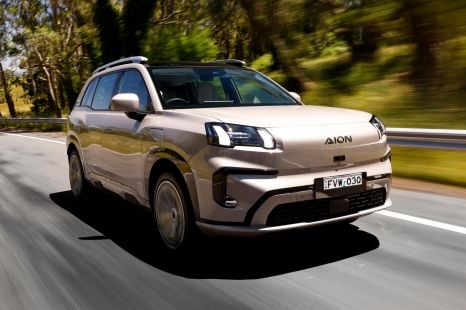

Ben Zachariah
2026 GAC Aion V review: Quick drive
5 Days Ago
SPONSORED
Plug-in hybrid electric vehicles (PHEVs) have long promised the best of both worlds – electric efficiency for daily driving, with petrol backup for longer journeys.
Yet many systems prioritise pure electric operation regardless of conditions, leading to compromised real-world efficiency when batteries deplete.
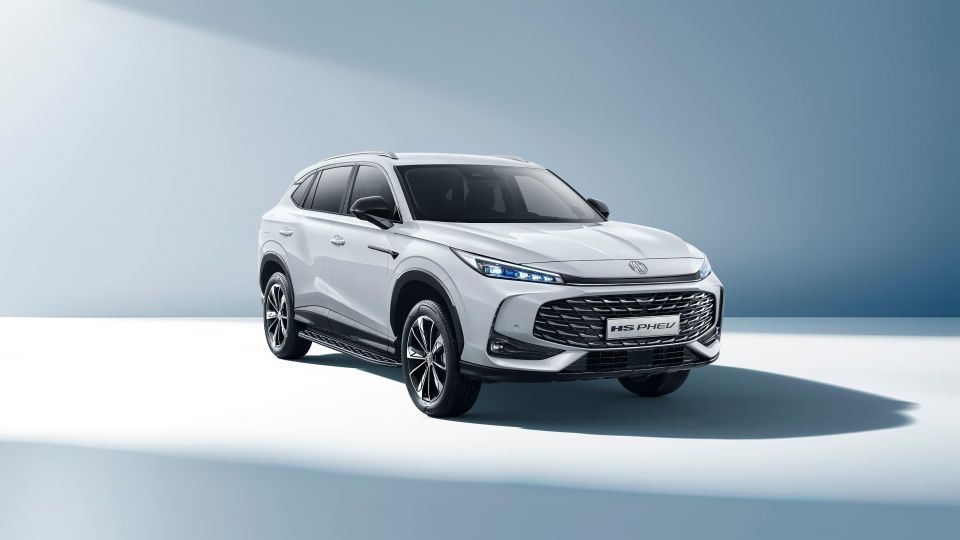
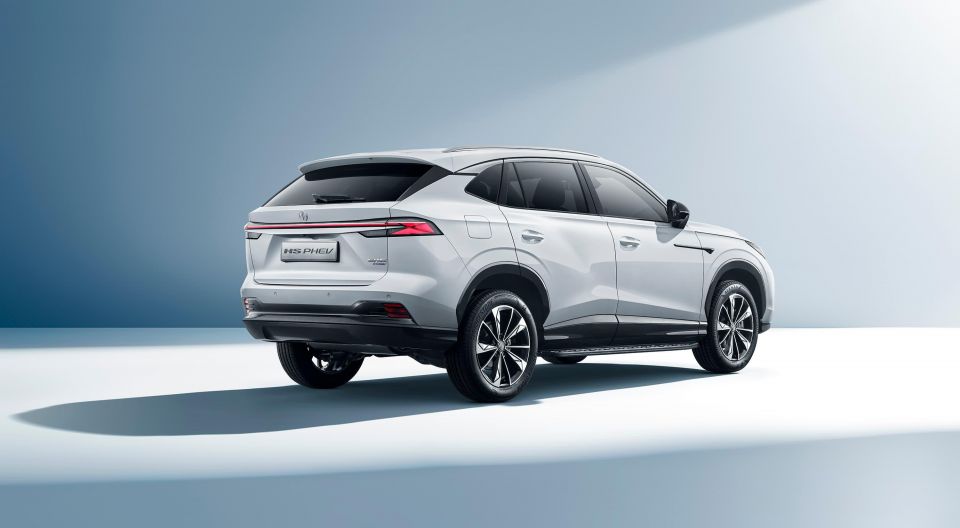
MG’s Super Hybrid technology takes a different approach, intelligently balancing electric and petrol power to optimise efficiency across Australia’s unique driving demands.
Traditional PHEVs typically follow an ‘EV-first’ strategy, operating on battery power until the energy is depleted, then switching to hybrid mode.
This approach works well in countries with inexpensive electricity and short commutes, but Australian conditions necessitate a different approach.
Long inter-city distances, expensive public charging, and varied terrain create scenarios in which the EV-first strategy can actually waste energy.

MG’s Super Hybrid system, based on parent company SAIC’s DMH (Dual-Motor Hybrid) technology, provides an alternative to the EV-first philosophy of traditional PHEVs.
Instead, it continuously analyses driving conditions, battery state, and power demands to determine the most efficient combination of electric and petrol power.
The result is a PHEV that preserves battery charge when it’s most useful while maintaining optimal overall efficiency.
At its core, the Super Hybrid employs a petrol-electric powertrain architecture that provides multiple pathways for power delivery.
The 1.5-litre turbocharged petrol engine produces 105kW of power and 230Nm of torque, but its role extends beyond direct propulsion. Running on a Miller cycle with advanced variable valve timing, the engine achieves exceptional thermal efficiency by operating at optimal speeds regardless of road speed.
The electric side centres on a 154kW/340Nm traction motor that drives the front wheels, supported by a 24.7kWh battery pack. What makes this system distinctive is the motor’s compact X-pin design, allowing improved efficiency and smoothness while providing owners a better balance between performance and cost than conventional configurations.
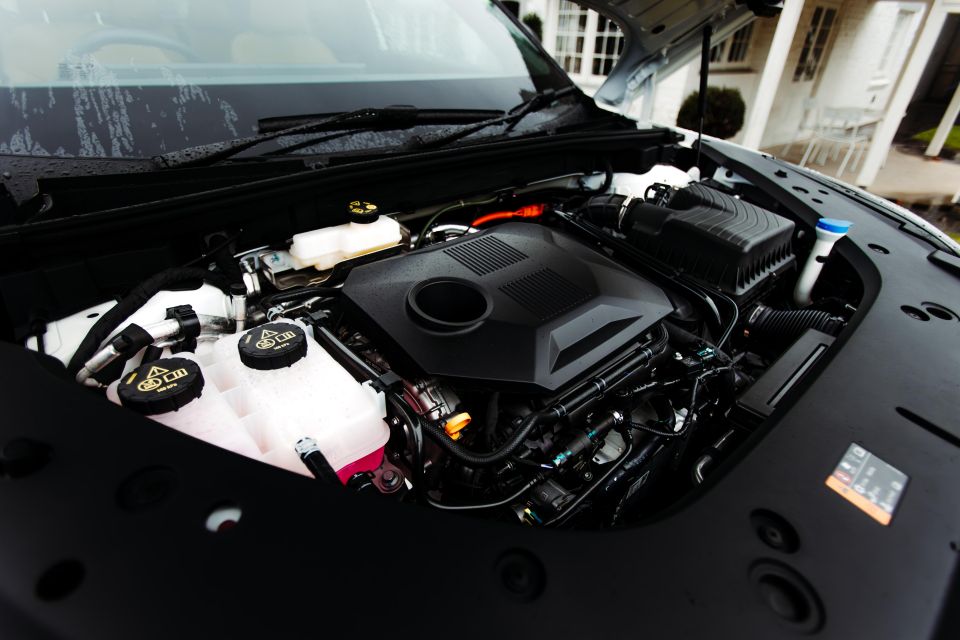
This powerful 154kW generator can rapidly convert engine output to electricity, enabling the system to charge the battery even during highway driving when most PHEVs are depleting their packs.
The MG Super Hybrid electronic drive unit houses a two-speed transmission, in another departure from the typical design of PHEVs.
While most PHEVs use single-ratio gearboxes or complex multi-speed units, MG simplifies the approach, providing two ratios optimised for different scenarios. This reduces complexity while ensuring both electric and combined propulsion operate in their efficiency sweet spots.
The MG Super Hybrid system operates across several modes with or without driver intervention.
In pure EV mode, the traction motor draws from the battery for silent, zero-emission driving – ideal for urban environments and short trips. When additional power is needed or the battery charge drops, the system transitions to series hybrid operation, where the engine drives the generator, which in turn powers the traction motor.
During sustained highway driving, parallel mode engages, allowing the engine to contribute power directly through the transmission. At the same time, the electric motor provides additional thrust.
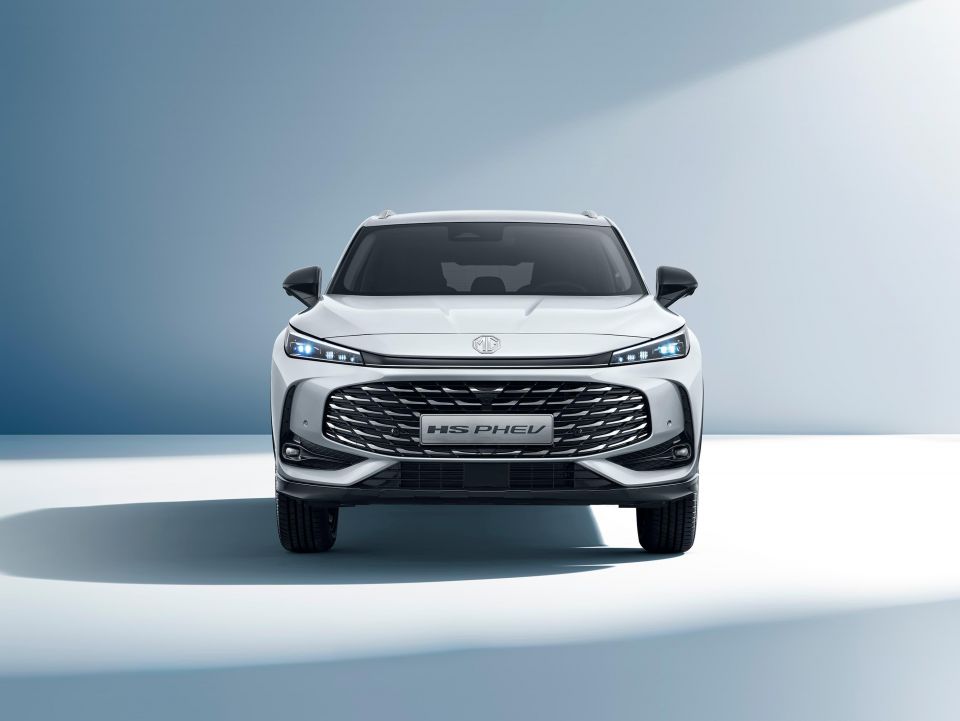
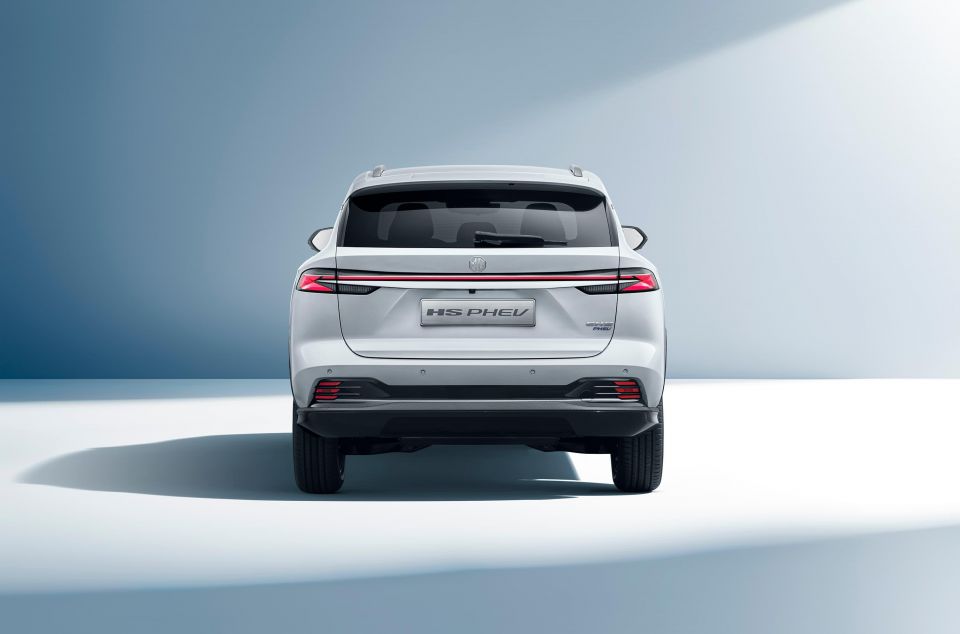
For maximum performance demands, both power sources combine to deliver the full 220kW/350Nm outputs. Throughout these transitions, the system continuously monitors conditions to maintain the most efficient operating point.
Perhaps most importantly, the system features a series charging mode, where the engine operates at peak efficiency to replenish the battery while also providing propulsion.
This enables the vehicle to retain substantial battery charge, even after extended highway driving. This capability sets it apart from conventional PHEVs.
MG Australia has calibrated the Super Hybrid’s control algorithms specifically for local driving conditions.
While overseas versions of the same system prioritise electric operation due to favourable energy pricing, the Australian calibration emphasises overall efficiency and practical range.
On highway sections where most PHEVs would drain their batteries, the Super Hybrid may engage the petrol engine earlier to maintain battery reserves.
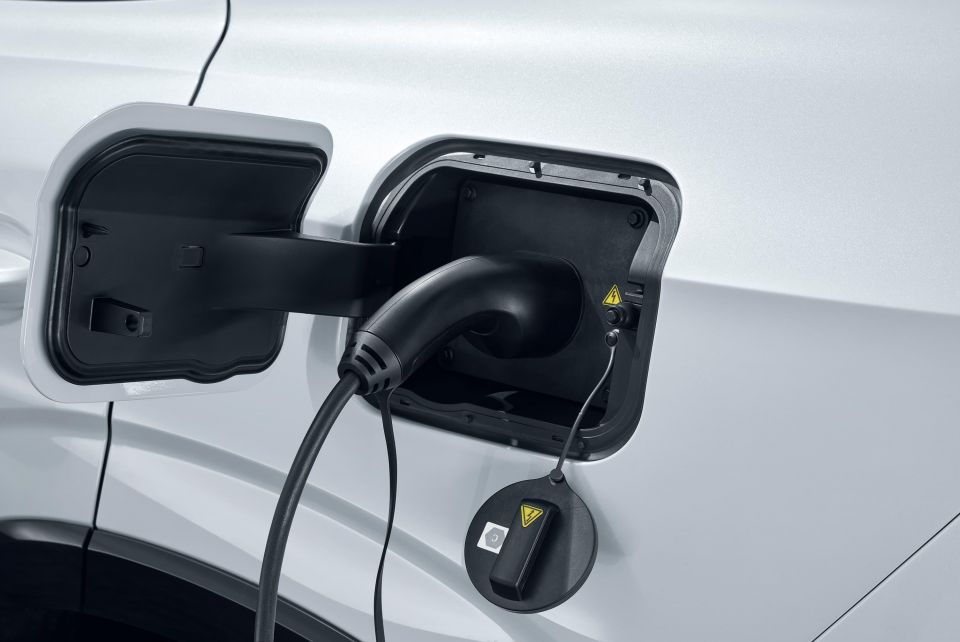
This strategy pays dividends in mixed driving scenarios common to Australian usage – maintaining electric capability for urban sections while avoiding the efficiency penalties of operating on a depleted battery.
The system’s intelligence can anticipate high-demand situations, such as hill climbing or acceleration requirements, and pre-position the Super Hybrid powertrain for optimal response.
During sustained mountain driving, for instance, the system maintains both engine and electric power availability rather than exhausting the battery early in the climb.
The hard numbers quantify this balanced approach. Combined system output reaches 220kW and 350Nm, with most initial acceleration provided by the instant-response electric motor.
The NEDC electric range of 135km covers most daily driving needs, while the total theoretical range exceeds 1000km when combining a full 55-litre fuel tank with full battery capacity.
Official fuel consumption laboratory testing conditions provide an eye-catching figure of 0.7L/100km in combined-cycle testing. What this means for drivers in real-world scenarios is impressive efficiency, depending heavily on driving patterns and charging habits.
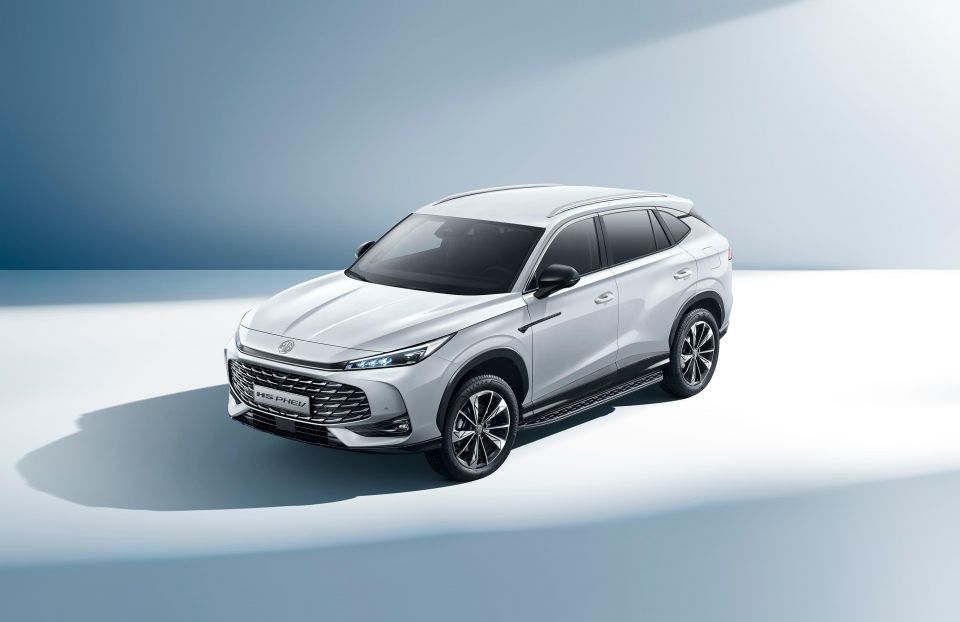
More tellingly, internal testing demonstrates the system can achieve under 5.0L/100km even without charging – a significant improvement over conventional hybrids and many small turbo-petrol engines.
The battery’s thermal management system ensures consistent performance even in Australia’s climate extremes. Advanced cooling maintains efficiency during rapid charging or extended high-power operation, and ultra-thin heating elements preserve range in colder conditions.
This 360-degree thermal protection extends battery life while maintaining the predictable operation drivers expect.
For daily Australian driving, the Super Hybrid delivers several tangible advantages.
The immediate torque response provides confident acceleration from standstill, while the system’s ability to maintain battery charge during highway sections means electric driving remains available for urban areas at journey’s end.
The flexibility to charge at home via standard 10-amp household outlets or dedicated 7kW wallboxes eliminates range anxiety and enables charging overnight for a close to full EV experience during city commuting and local area driving, saving on fuel.
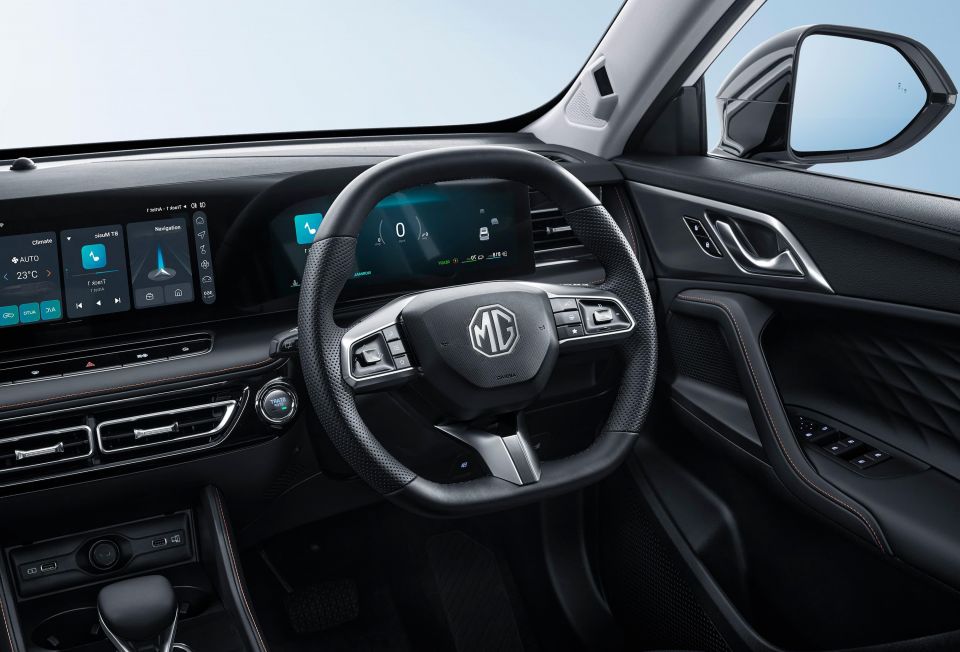
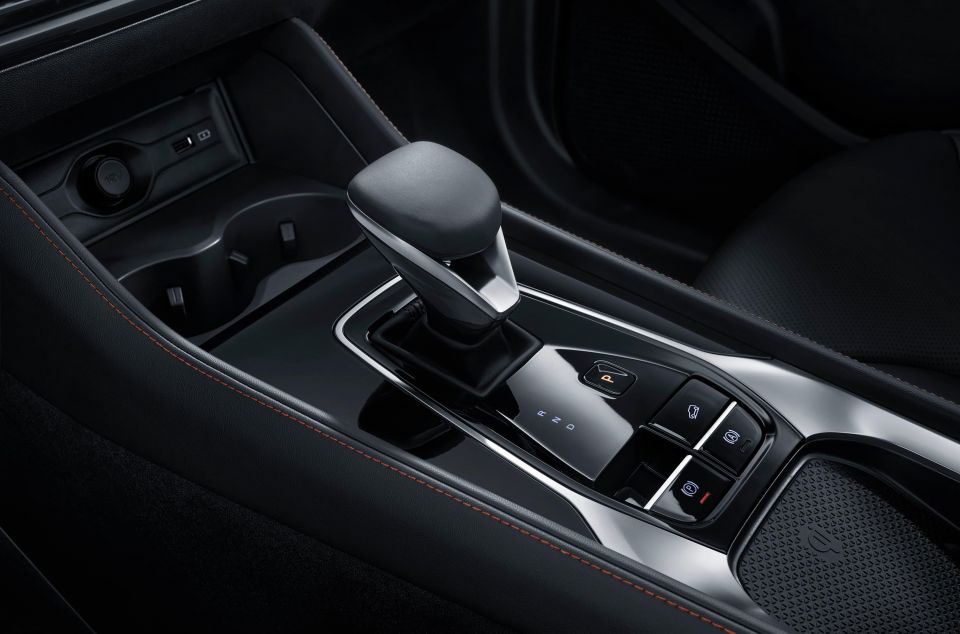
For apartment dwellers or those without home charging, the system’s efficiency in hybrid mode ensures competitive running costs even without plugging in.
Maintenance requirements mirror those of conventional vehicles, with the electric components requiring minimal servicing.
MG’s 10-year warranty coverage extends to the hybrid system components, providing long-term peace of mind for ownership.
MG’s Super Hybrid technology represents an advance in plug-in hybrid design – one that prioritises real-world efficiency over theoretical electric range.
By intelligently managing when and how electric and petrol power are deployed, the system delivers the environmental and cost benefits of electrification while maintaining the flexibility and range confidence Australian drivers require.


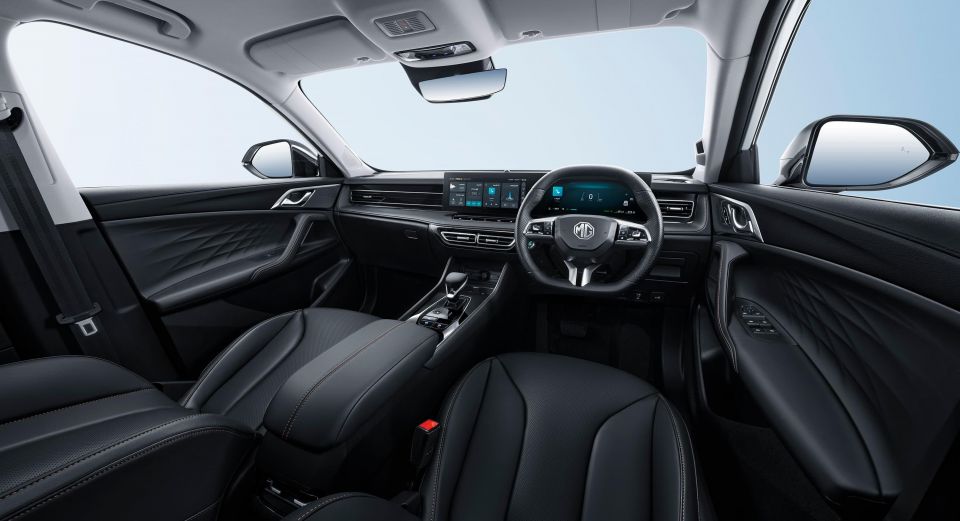
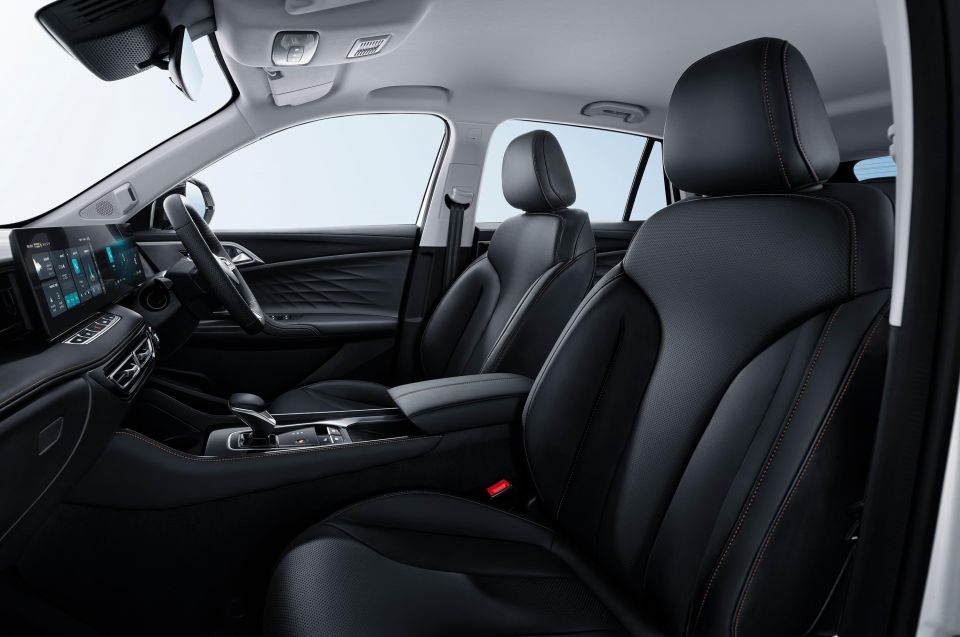
Rather than forcing drivers to adapt their habits to the technology, the Super Hybrid adapts to driving patterns, making electrification more accessible without compromising performance.
For families considering their first step into electrified motoring, the Super Hybrid offers a compelling bridge – delivering immediate efficiency benefits while maintaining the operational flexibility of conventional vehicles.
It’s PHEV technology designed for real-world Australia, not laboratory test cycles.
MORE: Explore the MG showroom
Where expert car reviews meet expert car buying – CarExpert gives you trusted advice, personalised service and real savings on your next new car.


Ben Zachariah
5 Days Ago
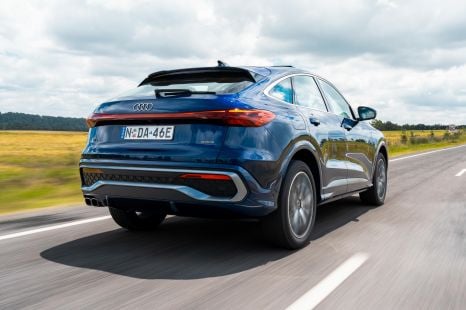

James Wong
4 Days Ago
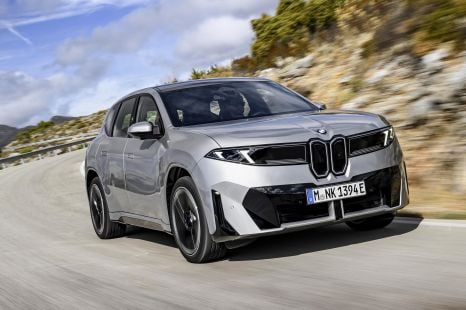

Josh Nevett
4 Days Ago
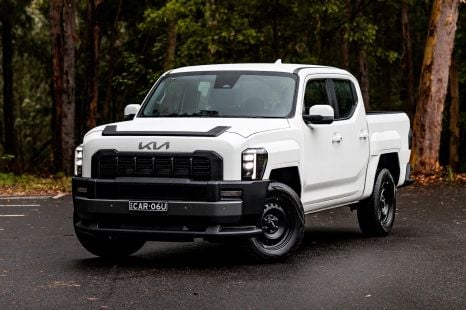

Matt Campbell
3 Days Ago
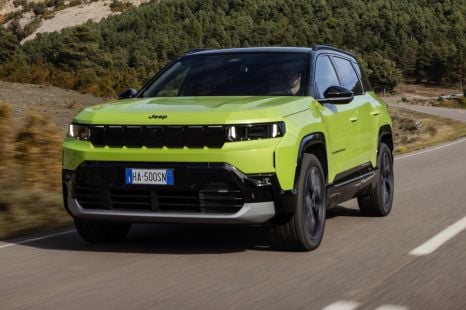

Dave Humphreys
2 Days Ago
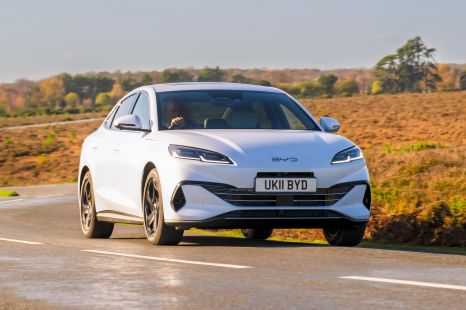

Matt Robinson
1 Day Ago